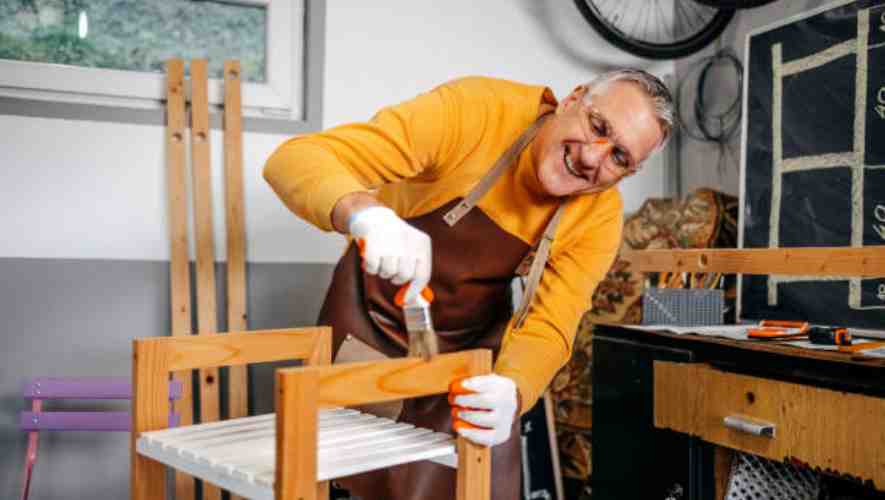Moving can be a stressful time, especially when it comes to ensuring your furniture arrives at your new home in the same condition it left. Whether it’s a cherished heirloom or a sleek modern piece, each item deserves careful attention to avoid scratches, dents, or worse. That’s why understanding how to protect your furniture during a move is crucial.
How to Protect Furniture When Moving? The best way to protect furniture when moving is by using the right packing materials and techniques. Bubble wrap, furniture pads, and plastic stretch wrap are essential. Disassemble larger items when possible and secure moving parts. Proper planning and organisation play a key role in this process.
Preparing for a move is not just about packing; it’s about protecting what you value. In this blog, we’ll guide you through the most effective strategies for safeguarding your furniture. From choosing the right supplies to packing tips that go beyond the basics, we’ll provide insights that ensure a smooth transition to your new home. Let’s dive in and make sure your furniture gets the care it deserves.
Preparation and Planning for Furniture Protection When Moving
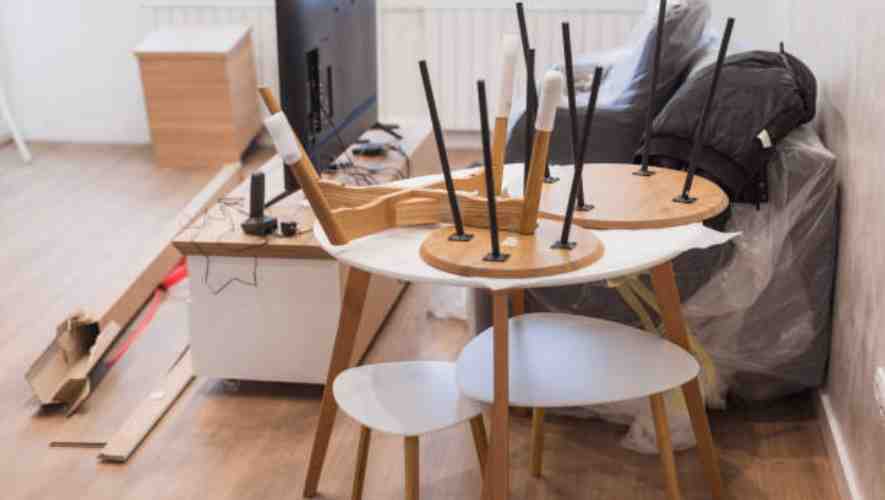
Assessing the Furniture: Identifying Fragile, Valuable, and Large Items
Before embarking on a move, it’s crucial to meticulously assess your furniture to determine which pieces need special attention. Fragile items, such as glass tables or antique cabinets, require more care, as do valuable pieces like heirloom dressers or expensive electronics.
Large items, including wardrobes and bed frames, present unique challenges due to their size and weight. This initial assessment sets the stage for effective protection and ensures that each item receives the appropriate level of care during the move.
Gathering Necessary Materials: Types of Protective Materials
Once the furniture assessment is complete, gathering the right protective materials is the next step. Bubble wrap is essential for safeguarding delicate items against shocks and vibrations.
Furniture pads or moving blankets offer a robust shield against scratches and dents for larger items, while stretch wrap is perfect for keeping drawers and doors securely closed. Other materials, such as packing tape, corrugated cardboard sheets, and sofa covers, also play a vital role in ensuring your furniture arrives at its destination in pristine condition.
Scheduling and Logistics: Timing and Steps for Protecting Furniture Before the Move
Effective scheduling and logistics are key to a smooth moving process. Begin by allocating ample time for packing and securing your furniture, ideally a few days before the moving truck arrives. Start with the largest and most cumbersome pieces, as they often require the most time and effort.
Methodically work your way through your inventory, giving each item the attention it needs. Remember to label each piece after it’s wrapped, indicating which side is up and noting any fragile components. This strategic approach not only streamlines the moving day but also helps in the efficient and safe transport of your belongings.
Packing and Wrapping Techniques for Different Types of Furniture When Moving
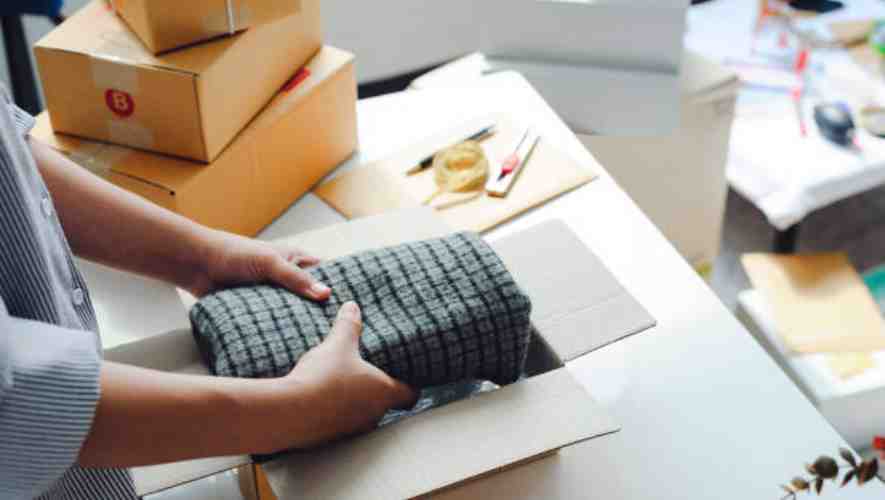
Techniques for Wrapping Delicate Furniture: Glass items, antiques, and art
When moving delicate furniture like glass items, antiques, and art, it’s crucial to use the right wrapping techniques to prevent damage. Start by wrapping these items in soft, acid-free packing paper to avoid scratches. Bubble wrap should then be used to provide an additional protective layer, especially around corners and edges.
For glass components, consider using painter’s tape to make an X across the glass; this helps to strengthen it and hold it together in case of a break. Secure all wrapping with quality packing tape and clearly label these items as fragile to ensure careful handling during the move.
Methods for Disassembling and Protecting Large Furniture: Beds, wardrobes, and desks
Large furniture pieces like beds, wardrobes, and desks often require disassembly before moving to avoid damage and make transportation easier. Begin by removing any drawers or shelves and packing them separately. Use ziplock bags to keep screws and other small hardware together, and label them clearly for easy reassembly.
Wrap individual components in thick blankets or furniture pads to prevent scratches or dents. For larger, unwieldy pieces, consider using moving straps to ensure a secure grip and to help evenly distribute the weight during the move.
Special Considerations for Upholstered Furniture: Sofas, chairs, and mattresses
Upholstered furniture such as sofas, chairs, and mattresses requires special attention during packing to protect fabric and structural integrity. Firstly, clean the upholstery to remove dust and debris, as these can become abrasive during transit. Use stretch wrap to cover the entire piece, which helps in protecting the fabric and preventing any spills or stains.
For additional protection, cover with sturdy moving blankets, securing them with packing tape. For mattresses, use a specialised mattress bag to shield against moisture, dirt, and damage, ensuring your items arrive in pristine condition.
Strategies for Protecting Furniture During Transit
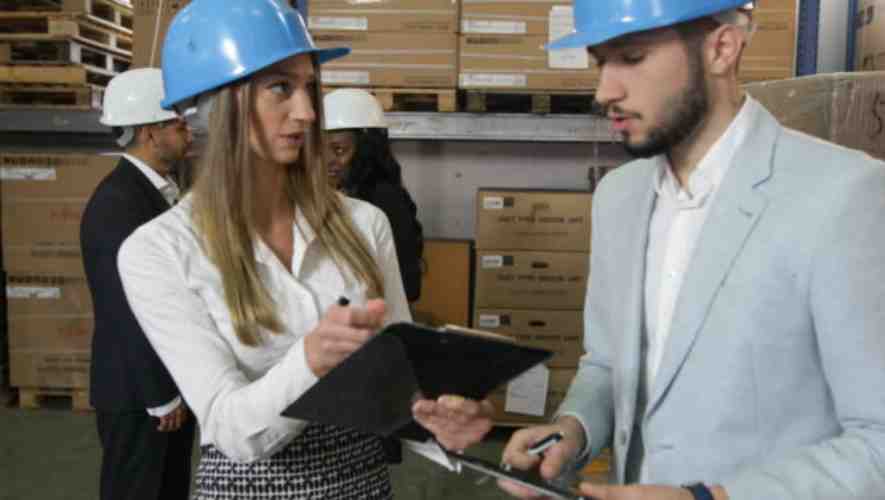
Load Planning: Arranging Furniture for Stability and Minimal Movement
When transporting furniture, strategic loading is crucial to prevent damage. Furniture should be arranged in a way that minimises movement, ensuring stability throughout the transit. Heavy items must be placed at the bottom to serve as a sturdy base, while lighter, more delicate pieces are securely positioned on top.
Utilising soft padding between items can further reduce the risk of scratches or dents during movements. This careful organisation not only safeguards the furniture but also optimises the use of space within the transport vehicle.
Environmental Considerations: Protecting Against Temperature, Moisture, and Dust
Environmental factors like temperature, moisture, and dust can significantly impact furniture during transit. To mitigate these effects, it’s essential to use protective coverings such as thick blankets, plastic wraps, or specially designed furniture covers.
These materials offer a barrier against humidity and temperature fluctuations, preventing warping, swelling, or cracking of sensitive materials like wood or leather. Additionally, they shield surfaces from dust and debris, maintaining the furniture’s pristine condition throughout the journey.
Monitoring and Adjustments: Regular Checks and Adjustments During Long-Distance Moves
During long-distance moves, regular monitoring and adjustments are vital for furniture protection. This involves periodically checking the stability of the load, ensuring that straps or ropes remain tight and that protective coverings are intact.
Adjustments might be necessary to address any shifts in the furniture’s position due to road vibrations or changes in vehicle orientation. Proactive monitoring helps in promptly identifying and resolving potential issues, greatly reducing the risk of damage to the furniture throughout the transit process.
Post-Move Furniture Care and Inspection
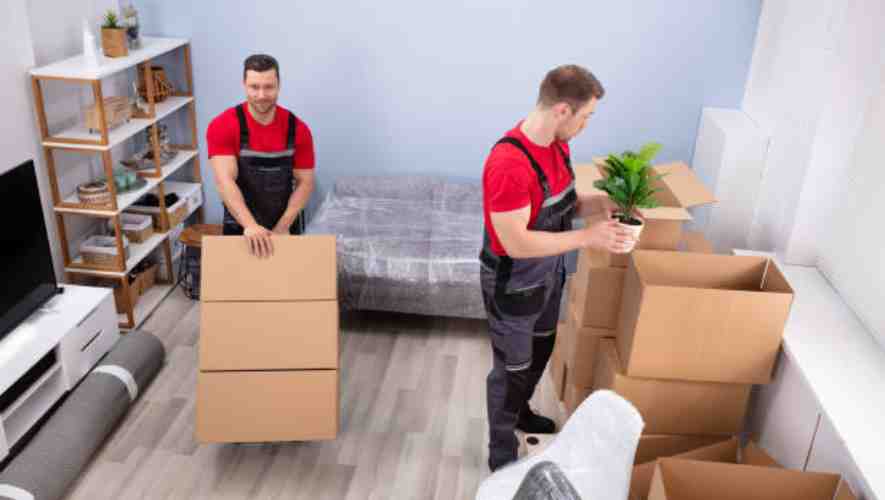
Unpacking and Reassembling:
Safely unpacking and reassembling furniture after a move is crucial in maintaining its condition. Begin by carefully removing any protective coverings, paying special attention to avoid scratching or denting the surfaces.
When reassembling, ensure all screws and fasteners are tightly secured, but avoid over-tightening which can strip threads or damage the furniture. Align all parts correctly and follow the manufacturer’s instructions. It’s advisable to have a second person assist with handling heavy or bulky pieces to avoid personal injury or damage to the furniture.
Inspecting for Damage:
After moving, it’s essential to conduct a thorough inspection of your furniture for any potential damage. Check for scratches, dents, or broken parts that may have occurred during transportation. If you find any damage, document it with photographs and contact the moving company if the damage is significant or if insurance claims need to be filed.
For minor issues, consider DIY repair solutions like touch-up pens for wood furniture or patch kits for upholstery. Regular inspection after reassembling also helps in identifying any loose components that might need tightening.
Long-Term Care Tips:
Maintaining the quality of your furniture post-move involves regular care and attention. Dust and clean your furniture regularly using appropriate cleaning products for the material, whether it’s wood, metal, glass, or fabric.
Avoid exposing furniture to direct sunlight for prolonged periods, as this can cause fading or warping. Be mindful of the humidity levels in your home, as extreme conditions can cause wood to crack or swell.
Additionally, consider using coasters, tablecloths, or placemats to protect surfaces from spills and scratches, and rotate cushions on upholstered furniture to ensure even wear. Regular maintenance not only keeps your furniture looking its best but also extends its lifespan.
Conclusion
In conclusion, moving doesn’t have to mean putting your furniture at risk. With the right approach and materials, you can ensure that each piece arrives safely at your new home. Remember, investing a little time and effort in proper packing can save you from costly repairs or replacements later.
Moving is more than just a physical transition; it’s a journey that involves care, attention, and sometimes, a bit of creativity. As you embark on this new chapter, take these tips to heart and approach the task with confidence. Your furniture is not just a part of your home; it’s a part of your story. Protecting it during a move is not just practical; it’s a way of honouring your memories and looking forward to making new ones. Happy moving!


